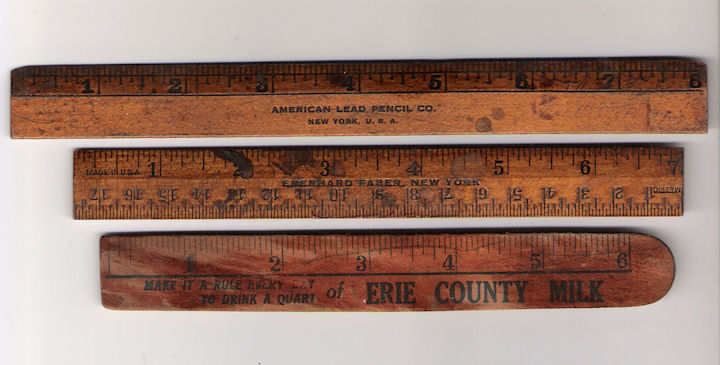 We shall start with the foundation that the world of promotional merchandise was built on. Promotional products originate from 18th century USA. The year was 1789 and the United States of America was going through vast transformations. The war for independence against Britain had ended only 6 years before, and the great commander in chief George Washington had since retired to Mount Vernon Virginia. But this retirement was short lived when persuaded to attend the Constitution Convention in Philadelphia. It was here that he was elected president of the convention, which thus led him to be the President of the United States of America.
We shall start with the foundation that the world of promotional merchandise was built on. Promotional products originate from 18th century USA. The year was 1789 and the United States of America was going through vast transformations. The war for independence against Britain had ended only 6 years before, and the great commander in chief George Washington had since retired to Mount Vernon Virginia. But this retirement was short lived when persuaded to attend the Constitution Convention in Philadelphia. It was here that he was elected president of the convention, which thus led him to be the President of the United States of America.
People started to redesign their clothing buttons to show their support for their president, displaying his initials with slogans such as “Long Live the President.” It is these items of support that gave birth to the idea of promotional merchandise. George Washington was a highly respected and supported individual and people would like to show their support with him through these badges showing the first evidence of what we know now as brand allegiance, which is a very big issue when it comes to promotional merchandise.

This idea then took off, businesses started realising the real value that these simple buttons had, and created the term Novelty items. In the early 18th century some companies started to distribute basic novelty items, such as calendars, rulers and other forms of stationary, this was on a very small scale.
It wasn’t until the late 18th century that this small distribution of novelty items took off on a larger scale becoming an industry. From this point on the only way was up for promotional merchandise. Companies really started to see the benefits of promotional merchandise, in a world without television and radio advertising; promotional merchandise strategies really did seem the perfect way to advertise their company.
At first these items were distributed to customers, to gain and keep customer loyalty. But when these customers were seen by other members of the public with their promotional items, this exposed the company to potential customers. What started as just a small customer distribution soon grew swiftly.
With the continuous growth of this industry, incorporating new advancements in technology, companies were able to start getting creative with their promotional merchandise. No longer were they just a small novelty item, companies were now able to build whole promotional products incorporating their whole identity. Businesses around the world were catching on and producing great eye catching promotional items.